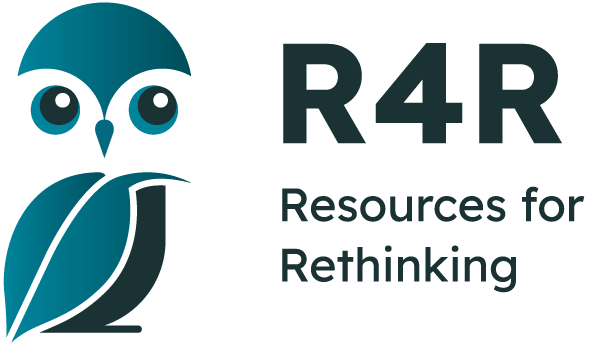- Home
- Tutorial
- Resource Guides
- Focus Areas
- LSF Programs
-
Professional
Development - Review Process
-
A project of LSF

Search for Resources
Description
Through readings, research and group activities students learn what salt marshes consist of, how they form and change over time, why they are important and the various threats they face. The resource consists of 4 lessons supported by a teacher’s guide and student journal.
Lesson One: After learning about succession, students create a 2 or 3 dimension model to illustrate the different zones that characterize salt marshes.
Lesson Two: Students are introduced to the amazing adaptations of the plants and animals found in salt marshes and consider their important role in terms of biodiversity and habitat for endangered species. In small groups students form conservation teams to investigate threats and prepare reports on their findings.
Lesson Three: Students examine salt marshes as ecosystems, identifying the biotic and abiotic components, their interactions and the energy flow through different trophic levels. The lesson includes an engaging activity in which students create different food webs and simulate the impact to the system when a species is lost.
Lesson Four: Students reflect on the important role salt marshes play and the need for conservation. After locating a salt marsh in or near their community on a map, students survey area residents to determine how they are impacted by the marsh, what if any threats or disturbances are at play and what guidelines, policies and practices are needed in order to protect it.
While the resource was written for a New Brunswick audience its content is applicable to all coastal regions.
General Assessment
What skills does this resource explicitly teach?
-conducting a survey
-reaching consensus
-using maps
-letter writing
-preparing a presentation
Strengths
-the resource includes all materials required and is easily implemented
-a variety of learning activities are included
-the lessons teach a number of skills related to investigation, research and communication
-the lessons feature authentic tasks in the local community
-the resource promotes stewardship
Weaknesses
While there are a variety of learning experiences provided, much of the time is spent reading and responding.
Recommendation of how and where to use it
The resource will effectively support those middle level curriculum outcomes dealing with ecosystems and ecosystem concepts.
Relevant Curriculum Units
The following tool will allow you to explore the relevant curriculum matches for this resource. To start, select a province listed below.
- Step 1Select a province
- Alberta
- British Columbia
- Manitoba
- New Brunswick
- Newfoundland & Labrador
- Northwest Territories
- Nova Scotia
- Nunavut
- Ontario
- Step 2Select a grade level
- Grade 7
- Step 3Select a subject
- Geography
- Step 4Relevant matches
- Natural Resources around the World: Use and Sustainability
- Science & Technology
- Step 4Relevant matches
- Life Systems: Interactions in the Environment
- Grade 8
- Step 3Select a subject
- Science & Technology
- Step 4Relevant matches
- Earth and Space Systems: Water Systems
- Grade 9
- Step 3Select a subject
- Science
- Step 4Relevant matches
- :Biology: Sustainable Ecosystems
- Prince Edward Island
- Quebec
- Step 2Select a grade level
- Grade 7
- Step 3Select a subject
- Science & Technology
- Step 4Relevant matches
- The Living World
- Grade 8
- Step 3Select a subject
- Science & Technology
- Step 4Relevant matches
- The Living World
- Saskatchewan
- Yukon Territory
Themes Addressed
Ecosystems (5)
- Appreciating the Natural World
- Biodiversity
- Endangered Species
- Habitat Loss
- Wildlife Protection
Water (1)
- Marine Environments
Sustainability Education Principles
| Principle | Rating | Explanation |
|---|---|---|
| Consideration of Alternative Perspectives | Good | The resource presents factual information from a variety of reliable sources. . Activities involving research, simulation and role play allow students to consider a range of information and take informed positions. Efforts are made in the survey activity to ensure all perspectives are represented in the sample. |
Consideration of Alternative Perspectives:
| ||
| Multiple Dimensions of Problems & Solutions | Good | Activities explore the he environmental, economic and social dimensions of salt marsh ecosystems. |
| Multiple Dimensions of Problems & Solutions: Effectively addresses the environmental, economic and social dimensions of the issue(s) being explored.
| ||
| Respects Complexity | Good | Students are introduced to the complex interactions that characterize ecosystems and challenges that human impacts present for conserving them. |
| Respects Complexity: The complexity of the problems/issues being discussed is respected. | ||
| Acting on Learning | Good | Students take action in the community on behalf of salt marshes by developing research-based conservation plans including specific recommendations that are then made available to stakeholders through public presentations. |
| Acting on Learning: Learning moves from understanding issues to working towards positive change — in personal lifestyle, in school, in the community, or for the planet
| ||
| Values Education | Good | In addressing public officials and other stakeholders regarding salt marsh conservation, students must clarify and express their own values and ideas. |
| Values Education: Students are explicitly provided with opportunities to identify, clarify and express their own beliefs/values. | ||
| Empathy & Respect for Humans | Poor/Not considered | This criterion is not considered. |
| Empathy & Respect for Humans: Empathy and respect are fostered for diverse groups of humans (including different genders, ethnic groups, sexual preferences, etc.). | ||
| Personal Affinity with Earth | Good | The value of salt marshes is made clear. |
| Personal Affinity with Earth: Encourages a personal affinity with -the natural world.
| ||
| Locally-Focused Learning | Good | The learning is focused on salt marshes in or near the school community, |
| Locally-Focused Learning: Includes learning experiences that take advantage of issues/elements within the local community.
| ||
| Past, Present & Future | Good | Natural and human-caused changes occurring over time in the salt marshes under investigation are made apparent. |
| Past, Present & Future: Promotes an understanding of the past, a sense of the present, and a positive vision for the future. | ||
Pedagogical Approaches
| Principle | Rating | Explanation |
|---|---|---|
| Open-Ended Instruction | Good | This is a strength of the resource. Students explore the complex interactions that characterize salt marshes and devise conservation plans based on what they have learned. |
| Open-Ended Instruction
: Lessons are structured so that multiple/complex answers are possible; students are not steered toward one 'right' answer. | ||
| Integrated Learning | Satisfactory | While the resource has a strong connection to topics in environmental and earth sciences, skills and concepts related to geography and social studies are addressed. |
| Integrated Learning: Learning brings together content and skills from more than one subject area
| ||
| Inquiry Learning | Satisfactory | A good deal of learning involves answering scripted questions that are based on assigned readings, the "protection of salt marsh' lesson allows students to ask some their own questions and conduct their own research. |
| Inquiry Learning: Learning is directed by questions, problems, or challenges that students work to address.
| ||
| Differentiated Instruction | Good | In addition to reading and responding, the lessons do include role-play and simulation activities, guided research (including conducting a survey), communicating with stakeholders and preparing & delivering a presentation. |
| Differentiated Instruction: Activities address a range of student learning styles, abilities and readiness.
| ||
| Experiential Learning | Satisfactory | Students conduct research and based on what they have learned, communicate with members of their community. |
| Experiential Learning: Authentic learning experiences are provided
| ||
| Cooperative Learning | Satisfactory | The lessons feature activities in which students work individually, in small 'conservation teams' and as a class. |
| Cooperative Learning: Group and cooperative learning strategies are a priority.
| ||
| Assessment & Evaluation | Poor/Not considered | Assessment tools and are not included. Student responses to assigned questions can be used to gauge understanding. |
| Assessment & Evaluation: Tools are provided that help students and teachers to capture formative and summative information about students' learning and performance. These tools may include reflection questions, checklists, rubrics, etc. | ||
| Peer Teaching | Good | Upon development of their class conservation plan, students deliver their message in a presentation to community stakeholders. |
| Peer Teaching: Provides opportunities for students to actively present their knowledge and skills to peers and/or act as teachers and mentors.
| ||
| Case Studies | Good | The Protection of a Salt Marsh lesson serves as case study. Students develop their conservation plan after selecting a local marsh, locating it on a government map, gathering information and data, interviewing residents and public officials and preparing a report. |
| Case Studies: Relevant case studies are included. Case studies are thorough descriptions of real events from real situations that students use to explore concepts in an authentic context. | ||
| Locus of Control | Satisfactory | With the exception of the action project in Lesson Four, students are guided with scripted questions based on the information presented. |
| Locus of Control: Meaningful opportunities are provided for students to choose elements of program content, the medium in which they wish to work, and/or to go deeper into a chosen issue. | ||

